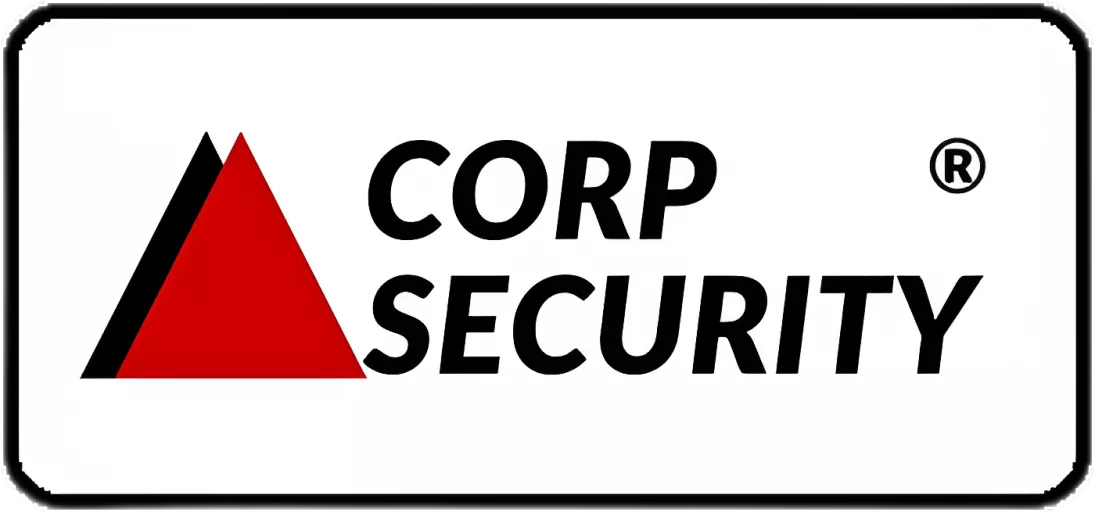As security professionals, we know that any effective security program is built on three major pillars i.e., People, Procedures, and Technology. The people part of the security program will play a vital role, and evaluating their performance with the right metrics is going to be crucial for the overall success of that program.
If the people are not competent enough, whatever procedures and how sophisticated technology you may have, no procedures will be implemented correctly, and no technology will be beneficial to its fullest effect.
Over the past decade, the hiring process in the Security department has dramatically changed. The hiring pattern resulted in minimal numbers on propriety roles and the majority of the staff on the contractor roles.
Though the contractor is responsible for recruiting and training the guard force, I have observed a significant gap between what is desired and what is available.
Hence, finding the right candidates with the right attitude and then providing the right training with the right evaluation process decide the overall success of the security program.
Therefore, I have tried assessing their performance based on a simple yet efficient 5-aspect performance evaluation method that gave me consistent results. I have found the following five aspects i.e., Knowledge, Attitude, Reports, Vigilant Performance, and Incident Handling, to provide the best information on the performance of the Guard force. Hence, I call it a KARVI Evaluation Method.
1. Knowledge:
Knowledge is an essential part of any job, and security is no exception. Most unemployed prefer to work as security guards temporarily or as part-time until they find a suitable job. Hence, they do not pay much attention to what knowledge is essential for the job done. Therefore, the Security guards must be evaluated about the knowledge that is required for the job.
For example, the Supervisory team should check their knowledge regularly about the critical assets they are expected to protect, knowledge of facility layout, critical services, customers, personnel, company procedures and their actions in case of emergency, etc.,
Their knowledge can be measured through a predefined checklist or a written test at least weekly that is built based on the unique requirement of each facility or service.
2. Attitude:
Attitude is one of the most critical aspects of the guard force. Because a security guard is the first person often, a visitor or client encounters when they enter into your facility. Hence, the way a security guard behaves creates a positive or negative impression of the people and the organization.
Security guards are the implementers of the company procedures. As a result, they naturally assume authority in enforcing those procedures. If we pay close attention to human behavior, No One Likes To Be Enforced Rules On Him Or Her, Especially By A Private Security Guard. If you observe carefully, most of the complaints are often related to the attitude of a particular security guard. Hence, an attitude that is positive, prudent, polite, yet firm in executing his duties is essential.
For instance, Supervisors should take a note on the guard’s attitude regularly, as this will help the supervisory team to assess the problem and fix any erring guards.
3. Reports:
It is often said security guards are the eyes and ears of Management. Security leaders are usually required to make crucial decisions based on information provided in the form of reports by security guards. Hence, the accuracy of those reports is very vital.
Each guard must be evaluated on his or her ability to take notes adequately and translate those notes into a clear and understandable report. For example, a better way of making reports is to ask the guards to record what they did to secure the premises or assets rather than taking all okay reports.
This process will help the team to report all tiny details. Over a period, they will develop the skill of report writing with accuracy and providing valuable information in time.
4. Vigilant Performance:
Vigilant performance is an essential aspect of security guards. Because Security guards with vigilant performance detect more security violations than others do. For example, you have to assess a guard’s vigilant performance on his ability to observe and distinguish between the things that normal and abnormal in his surroundings and about the people and activities he observes every day.
The guard must recognize, embrace, and deliver the vigilant performance in his or her duty. The supervisory team should regularly coach them and evaluate their performance.
5. Incident Handling:
You should assess a guard’s ability to respond to security incidents. Because Incident handling is a core responsibility, and for that matter, any organization hires them. For example, you have to assess their ability to respond and handle security incidents and then their willingness to learn from those incidents. This aspect will help them grow into thorough security professionals and better manage security incidents in the organization.
How To Evaluate Using KARVI:
To evaluate, you have to develop a checklist that covers the above five aspects I have discussed and a scoring method for facilitating the supervisory team.
Each aspect should have a numeric value.
For instance,
5 points reflect excellent performance
4 points reflect very good performance
3 points reflect good performance
2 points reflect average performance
1 point reflects poor performance
This five-aspect performance evaluation program had helped us to create and maintain the right working environment with professionalism and work ethics within the optimal budget.
I hope this KARVI Evaluation Method will help you to make a simple yet efficient performance evaluation program for your guard force.




